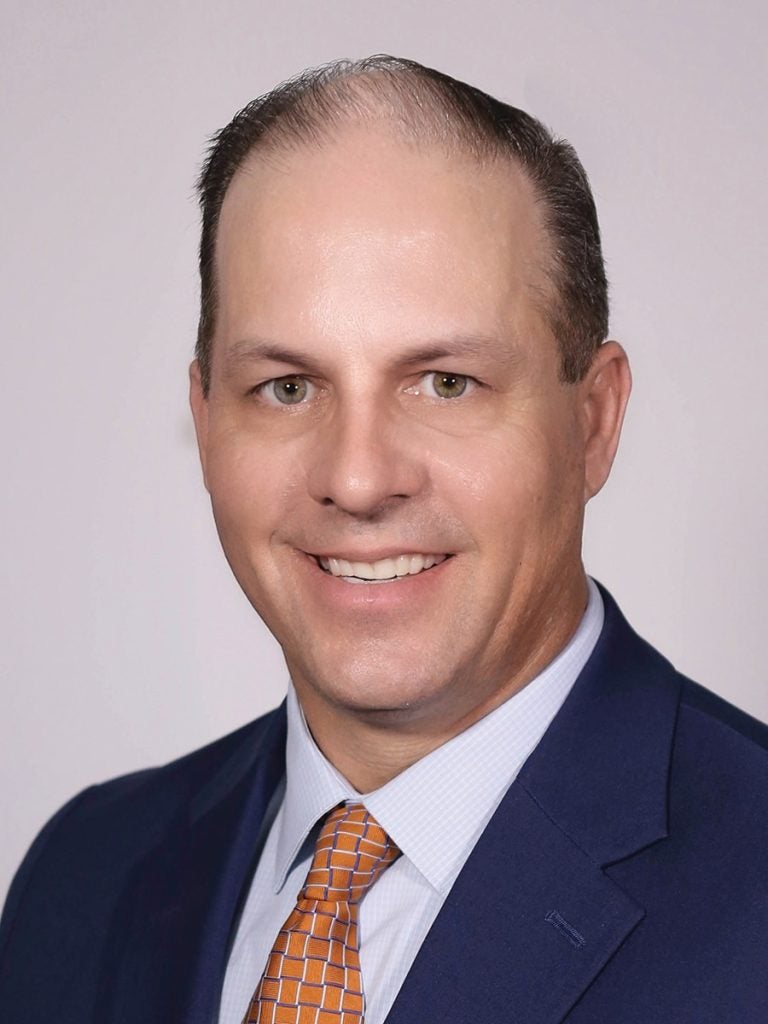
After the Covid-19 financing bubble burst in 2021, it has been hard to raise funds in the medical device space. Last year saw a further decline in funding, the total value of the VC financing deals, particularly those that were completed in 2023, was less than a third of the previous year.
At its peak in 2021, the total value of VC financing deals in the medical device sector was $49.3bn. This declined to $30.5bn in 2022 and to just $21bn in 2023. The decline was attributed to an overall market stain due to high interest rates, inflation, and the continued Russia-Ukraine war. This strain in available capital has also trickled down to early stage financing.

Discover B2B Marketing That Performs
Combine business intelligence and editorial excellence to reach engaged professionals across 36 leading media platforms.
In an exclusive interview with Medical Device Network, Michael Harrington, partner at Duane Morris LLP, talks about the challenges faced by medical device companies in securing early-stage funding. He also details the promising organised sources of capital available for early-stage financing in the medical device space.
This interview has been edited for length and clarity.
Phalguni Deswal [PD]: What is the current financial climate for securing financing for early medical device development?
Michael Harrington [MH]: It’s much tougher to get early-stage funding for medical device companies for a variety of reasons. First, there is much less funding overall and early-stage financing has much less capital available. This is compounded by the fact that there are very few sources of dedicated organised capital, such as venture capital, private equity, and family offices, that are available for investment in the early stages.
In the early stages, where the medical device company is either conceptualising or developing its product, funding is largely secured through individuals, grant funding, Angel groups, different economic initiatives, or a mix of these. All of these are fewer in number and are tougher to come by. Most of the organised investors are not represented in the early medtech funding space.

US Tariffs are shifting - will you react or anticipate?
Don’t let policy changes catch you off guard. Stay proactive with real-time data and expert analysis.
By GlobalDataI have a joke with my clients on this subject: “It’s easier to raise $15m than it is to raise $500,000”. This is mainly due to access to that capital in early stage. Late-stage venture capital funds are well defined and easy to find whilst early organised sources of investment are far fewer in number.

This idea of having difficulty getting early-stage capital is particularly apparent with medical device companies. And whether it’s a de novo device or a 510(k) equivalence, it’s still a process. You can’t be a profitable company until you get regulatory approvals. It can be tougher to get early capital because you have a longer path to profitability on the market. Thereby, making early-stage medical device funding a high-risk market.
PD: What advantages do organised early investors like venture studios and family offices offer?
MH: A family office is a type of private equity where wealthy family/high net worth families aggregate a portion of their capital and hire professional management. So, it’s very much like a venture capital or private equity firm, where you have dedicated capital and professionals who are managing and deploying that capital. The great development that I have seen recently in family offices is that they are starting to focus on early-stage medical devices.
One of the reasons family offices are different and better than other private equities is because they don’t have a fund life, and they don’t have limited partners that have invested in a 10-year horizon. A typical venture firm is a 10-year fund where the first three to five years are deploying the capital raised. The next three to five years are follow-ons and kind of mining the investments, and then the final two to three years are exiting and pushing those companies out to private equity or strategic. This 10-year timeline makes it difficult for venture funds to invest in early-stage medical devices, as the devices have a five to 10-year regulatory pathway before they can even get to market and attract that kind of capital.
Family offices are not burdened with a 10-year fund life and have no limited partners, to whom they have a fiduciary obligation and are being pressured to return investment capital. So, these can be a different investor. I am starting to see some good signs that that might be a good alternative and a positive development for early-stage medical device.
A venture studio is usually formed around an innovation centre and acts as an incubator for companies. Academic or medical research centres usually create these studios where they then license in or assign the technologies being developed at that innovation centre, and a professional management team then manages the further research and development of those technologies. When they’re ready, they spin them out into new companies. The process is intended to bypass the need for seed and pre-seed funding.
A drawback for venture studios is that they rarely allow third party technologies to enrol. These are almost exclusively set up for technologies developed by the sponsor academic or medical research centres.
PD: Is there an inherent risk in approaching venture financing firms to secure early-stage funding?
MH: It is really important for early-stage entrepreneurs to not approach venture too early. These early medical device companies may mistakenly think if they can get access to these venture funds, they can impress them, and they will be the opportunity that they make an exception for. But these are disciplined and seasoned investors. What will likely happen if you approach VCs is that they will happily meet you, and then they are going are going to track your milestones and measure you by whether or not you successfully achieve these.
And what happens frequently with an early-stage medical device company is, it’s too much of an exercise in predicting what the timing really will be and what the milestones will be. So, they can possibly change significantly, or a company pivots, especially in the case of a platform technology. For example, you might have a platform technology where you are going after orthopaedics, but now you’ve changed to focus on neurology, or it’s some other discipline. So, now when you revisit them, with changed plans or milestones, you are actually doing yourself a disservice, because they are going to be sceptical and have questions about the milestone and indication changes.
I advise my young companies about the discipline around focusing on capital sources that are appropriate for them. Stay away from the others, and particularly venture capital, because they will always be there, they are easy to find, and you know what their criteria are. You know when they want to see you because they publish all of this and they are very obvious about what their criteria are. It is almost against an entrepreneur’s nature to not want to do that, but you have to slow them down and say, focus here.
PD: Why is having a sound financing plan important to secure funding?
MH: A financing plan is understanding where your break-even is – what that number is, and when you can achieve that. So those two components of how much money do I need to spend before I am making enough revenue from my product to cover my expenses, and what is the timeline for that?
These two data points are the foundation for your financing plan, because what the company needs to focus on is raising the delta, in other words, the gap, the shortfall of that break even. If that’s a million dollars or it’s $50m – that’s the amount the company needs to raise and have sources of capital available to cover.
The other key component of the financing plans is when are those expenses going to be incurred. Because that then drives the timing of your financing plan. Generally the expenses start at $100,000 to $1.5m during product development, and then start to escalate significantly as you move into comercialisation stage.
The US Biosecure Act is not expected to have any effect on early medical device funding. The Act prohibits US federal funding to companies that engage certain China-based “biotechnology companies of concern.” Generally, early stage medical device companies are not at the point where they are engaging with foreign companies for manufacturing or other needs. That comes later in their life cycle. If it has any effect, it may raise the cost of manufacturing for these companies since it will have the effect of limiting alternatives. I don’t expect it to change much in terms of behaviour, except potentially making it more expensive for these companies to manufacture.





